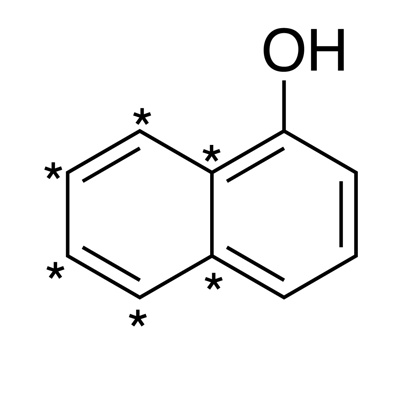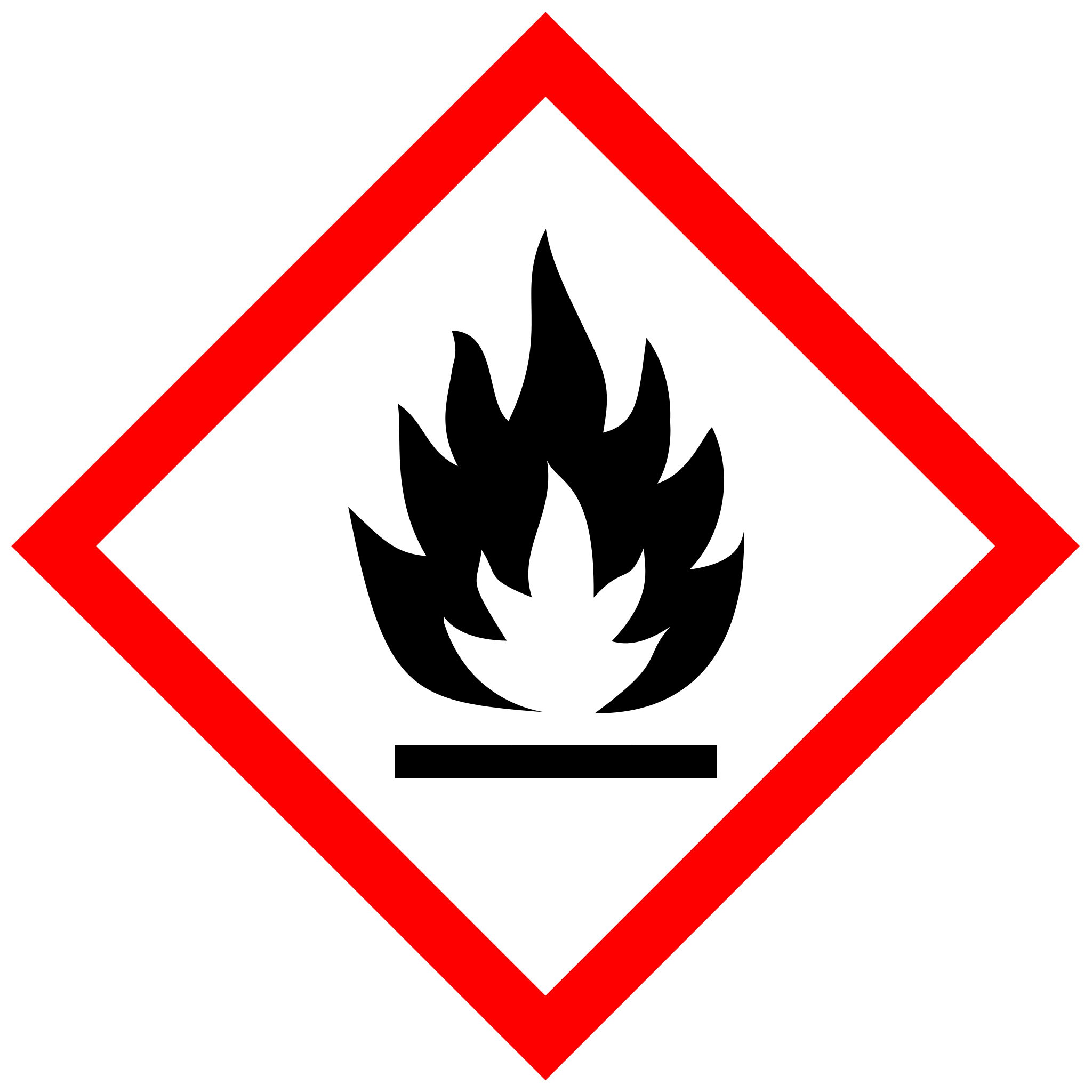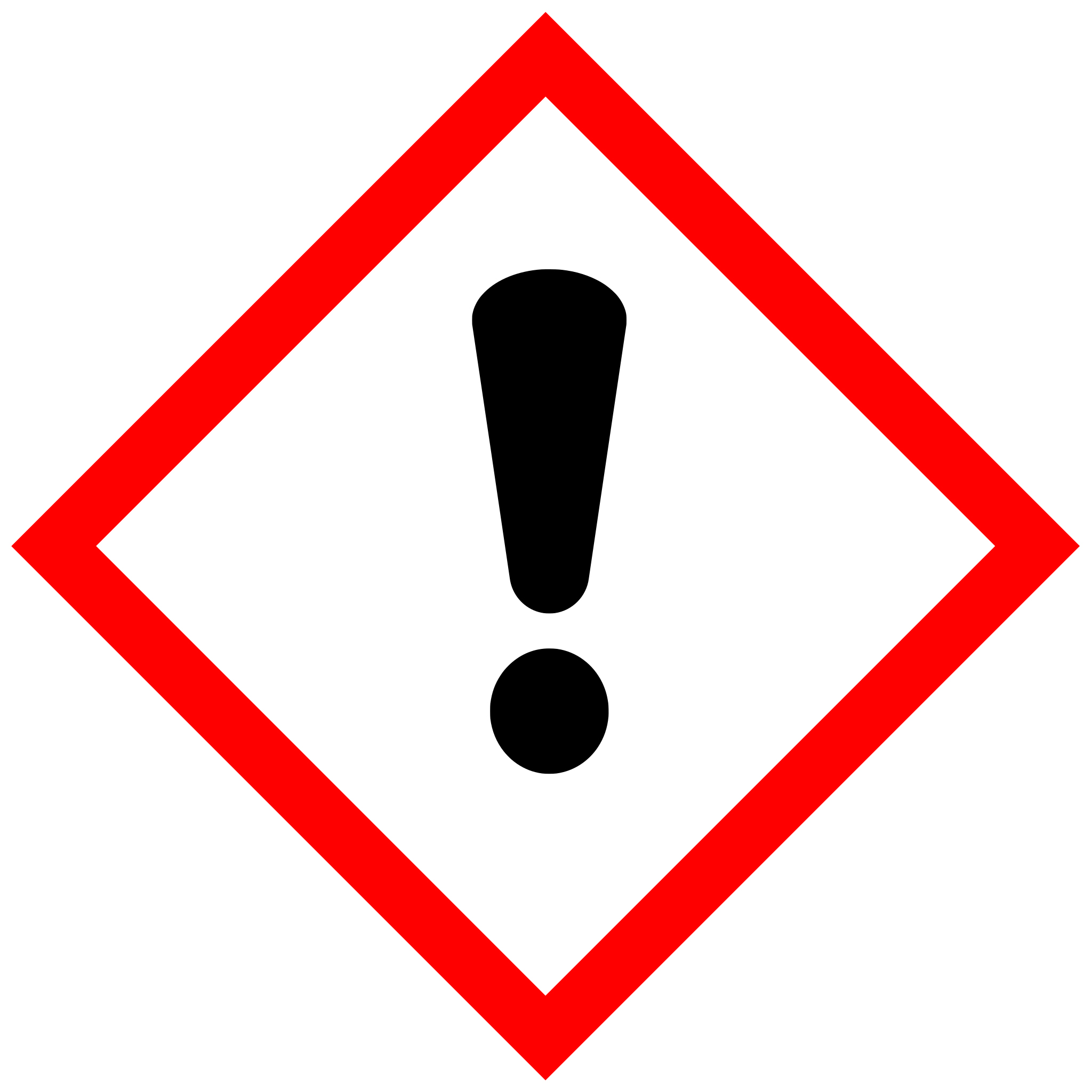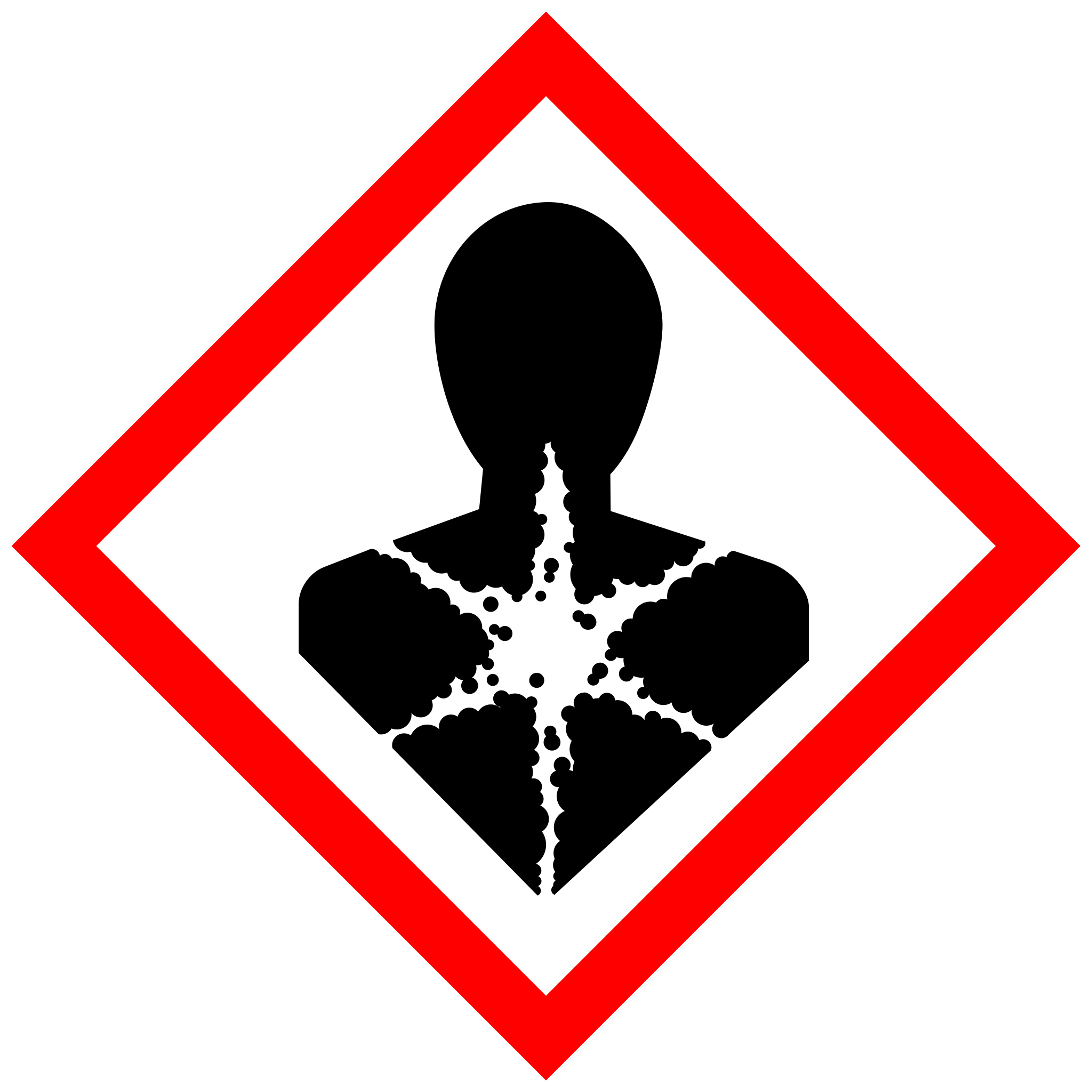Item No.CLM-7701-1.2
1-Hydroxynaphthalene (1-naphthol) (¹³C₆, 99%) 50 µg/mL in toluene


Synonyms
FormulaC4*C6H8O
CAS Number LabeledNA
CAS Number Unlabeled90-15-3
EC Number
| Item no. | Package size | Availability | List Price (USD) | Your Price (USD) | ||
|---|---|---|---|---|---|---|
| CLM-7701-1.2 | 1.2 mL | In stock, ready for shipment in 3 to 5 days. | $795 | Your Price (USD) $795 |
Properties
Molecular Weight150.13
Chemical Purity98%
FormIndividual
ConcentrationSolution
Application(s)Environmental Analysis, Polycyclic Aromatic Hydrocarbons (PAHs)
Storage TempStore refrigerated (-5 °C to 5 °C). Protect from light.
Product Description
1-Hydroxynaphthalene (1-naphthol) is a naphthalene homologue of phenol. Its most common use is as a precursor to various pesticides and pharmaceuticals.
Application Descriptions
Safety Information
Hazard Pictograms





Signal WordDanger
Hazard StatementHighly flammable liquid and vapour., May be fatal if swallowed and enters airways., Causes skin irritation., Causes serious eye irritation., Harmful if inhaled., Suspected of causing cancer (Dermal, Inhalation, oral)., (Dermal, Inhalation, oral)., May cause damage to organs (blood, liver) (Dermal, Inhalation, oral)., May cause damage to organs (brain, kidneys, liver, urinary bladder) through prolonged or repeated exposure (Dermal, Inhalation, oral).
Reviews (0)
There are no reviews yet.
Item No.CLM-7701-1.2
1-Hydroxynaphthalene (1-naphthol) (¹³C₆, 99%) 50 µg/mL in toluene


Synonyms
FormulaC4*C6H8O
CAS Number LabeledNA
CAS Number Unlabeled90-15-3
EC Number
| Item no. | Package size | Availability | List Price (USD) | Your Price (USD) | ||
|---|---|---|---|---|---|---|
| CLM-7701-1.2 | 1.2 mL | In stock, ready for shipment in 3 to 5 days. | $795 | Your Price (USD) $795 |
Properties
Molecular Weight150.13
Chemical Purity98%
FormIndividual
ConcentrationSolution
Application(s)Environmental Analysis, Polycyclic Aromatic Hydrocarbons (PAHs)
Storage TempStore refrigerated (-5 °C to 5 °C). Protect from light.
Product Description
1-Hydroxynaphthalene (1-naphthol) is a naphthalene homologue of phenol. Its most common use is as a precursor to various pesticides and pharmaceuticals.
Application Descriptions
Safety Information
Hazard Pictograms





Signal WordDanger
Hazard StatementHighly flammable liquid and vapour., May be fatal if swallowed and enters airways., Causes skin irritation., Causes serious eye irritation., Harmful if inhaled., Suspected of causing cancer (Dermal, Inhalation, oral)., (Dermal, Inhalation, oral)., May cause damage to organs (blood, liver) (Dermal, Inhalation, oral)., May cause damage to organs (brain, kidneys, liver, urinary bladder) through prolonged or repeated exposure (Dermal, Inhalation, oral).
Reviews (0)
There are no reviews yet.


 Deutsch (Deutschland)
Deutsch (Deutschland) Español (España)
Español (España) Français (France)
Français (France) 中文(中国)
中文(中国)